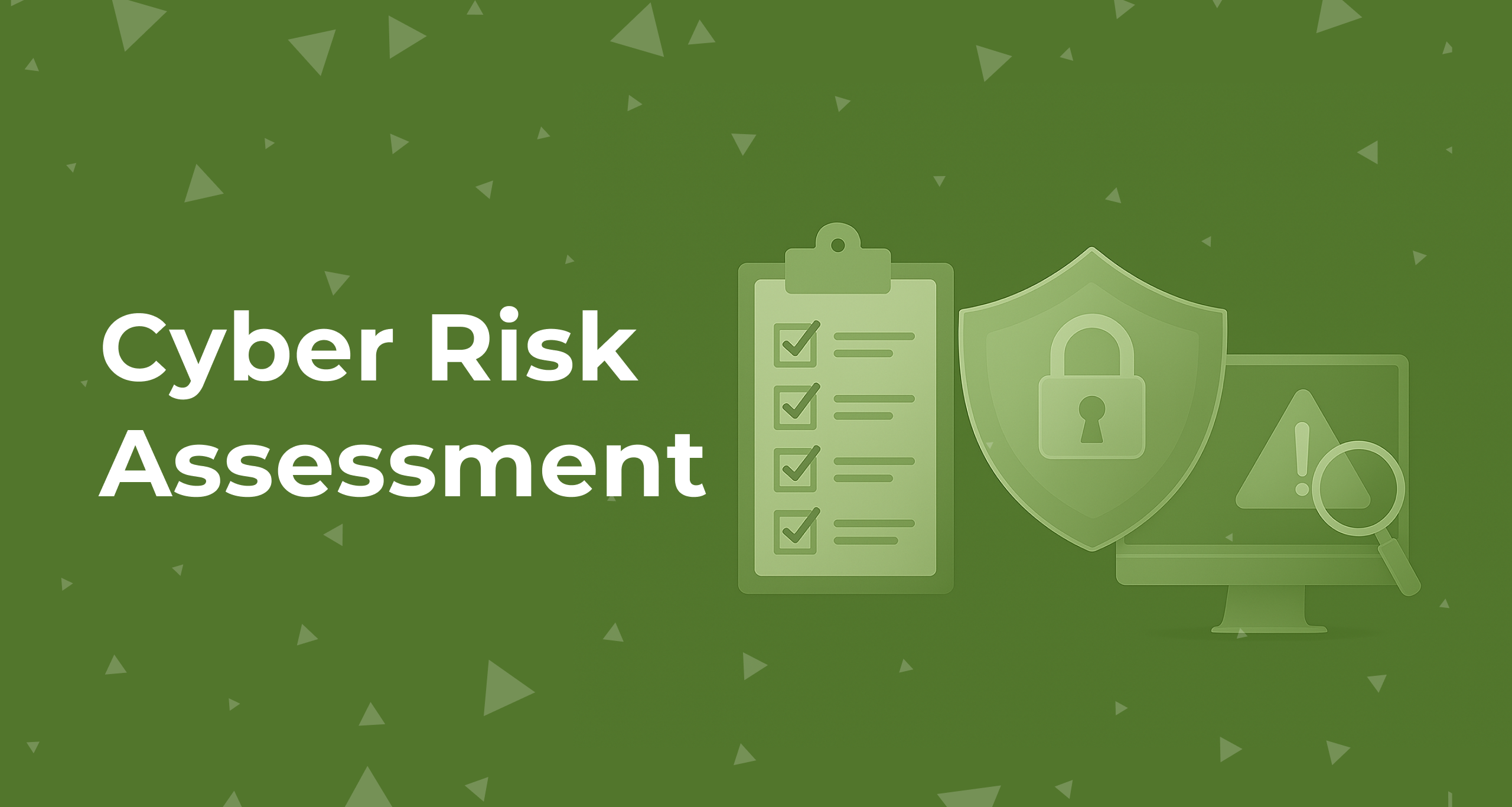Let’s be honest: most risk assessments are treated like checkboxes. But when done right, they’re one of the few things that actually make your security better—not just look better on paper.
A proper cybersecurity risk assessment maps out the weak spots in your infrastructure, your workflows, and your team’s assumptions. It’s less about running through a static framework and more about asking the right questions: What are our critical systems? Where are we most exposed? What would actually break the business if compromised?
It’s not theory. It’s practical. You’re looking at endpoints, source code, build pipelines, cloud configs—then tracing back to the impact they have on customer trust, uptime, and velocity.
Stop Chasing Alerts, Start Prioritizing Real Threats
The point isn’t to catalog every single vulnerability. That’s unmanageable and mostly noise. What you want is a heatmap—something that surfaces the risks with the highest potential for damage, mapped to actual likelihood.
This is where structured frameworks help: NIST, ISO 27001, even a lightweight homegrown matrix. Not because they’re perfect, but because they force consistency and keep teams aligned on how to think about risk. Done right, the output is a prioritized list of issues you can actually act on, not a binder you never open again.
Designed to Fit Your Stack, Not Someone Else’s
Off-the-shelf frameworks are a starting point, not a one-size-fits-all solution. For example, if your company builds APIs and ships multiple times a day, you need a very different approach than a team running a monolith on-prem.
This is why the best assessments are tailored. They take into account how your systems actually behave, how fast you move, what your threat model looks like, and where you can’t afford to slow down.
Risk Isn’t Just Technical—It’s Organizational
The outcome of a good assessment isn’t just patches and firewall rules. It’s alignment. It gives your exec team, engineering org, and compliance folks a shared language for what matters and why. You can make better decisions about trade-offs—like whether to delay a release, invest in tooling, or change how access is managed.
It also builds resilience. A documented, repeatable process means you don’t lose institutional knowledge when someone leaves. And when the next audit or breach comes, you’ve already mapped the blast radius.
More Than Compliance—This Is About Continuity
Yes, risk assessments help with compliance. GDPR, HIPAA, PCI—you name it. But the bigger value is operational. They prevent outages, minimize blast radius when something goes wrong, and reduce the odds that a bad day turns into a crisis.
They’re also how you justify security investments upstream. Want buy-in for better IAM hygiene or vulnerability scanning? Show the risk assessment. Show the impact. Show the cost of not acting.
And when leadership sees security as a lever for business continuity instead of just a cost center? That’s when things start to click.
Need help building or operationalizing a risk assessment that actually supports how your team works? That’s where specialists—like the ones we place at RemoteMore—come in. But regardless of who helps you, the important thing is: don’t treat this as a formality. Done right, it becomes your north star for security decisions.






